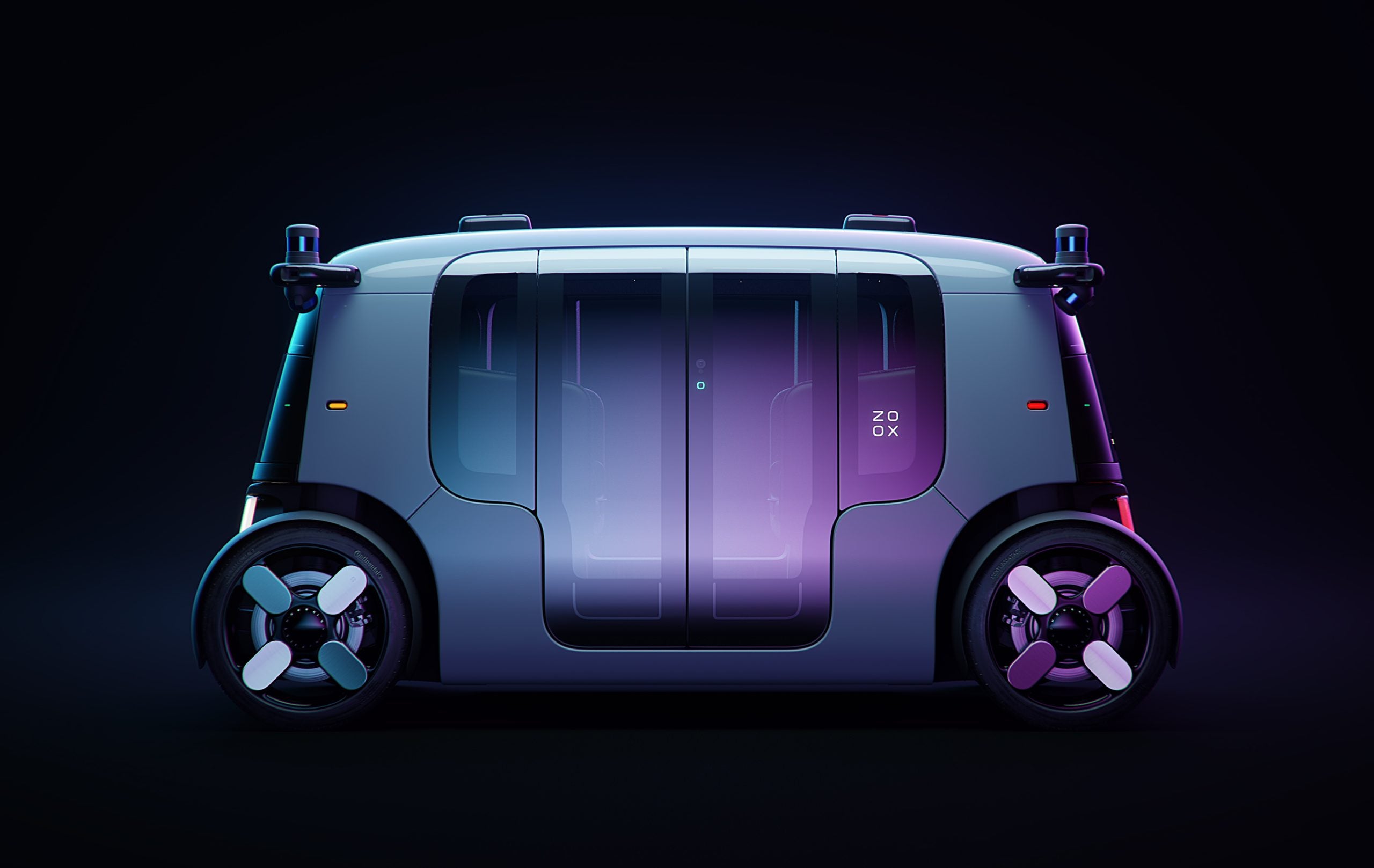This article was first published on GlobalData’s dedicated research platform, the Automotive Intelligence Center.
The Consumer Electronics Show (CES) in Las Vegas, Nevada serves as a global stage for companies to showcase their latest innovations in consumer technology. At this year’s show, advancements in Autonomous Vehicle (AV) technology were highlighted across various companies, signaling a transformative shift in transportation technologies.

One AV exhibit that gained plenty of attendee attention was Zoox, a fully electric Robotaxi designed for a smooth and safe ride-hailing experience. Zoox was founded in 2014 and acquired by Amazon in 2020 for over $1 billion. The vehicles are bidirectional, symmetric, and have no steering wheel or driver’s seat, which maximizes passenger space and efficiency for urban mobility. Unique sensor architecture that combines cameras, lidars, and radars to see the vehicles’ surroundings helps guide the vehicle safely to its destination. Zoox has already initiated testing along the Las Vegas Strip and plans to be fully operational by the end of 2025, starting in Las Vegas and San Francisco.
Google’s Waymo exhibited its next generation Robotaxi in partnership with Geely Group’s Zeekr, called the Zeekr RT. Although the vehicle is still in its testing phase, Zeekr announced that it expects to begin mass-production later this year. Waymo’s current Robotaxi is an all-electric Jaguar I-PACE, which features a 90kWh battery and provides over 150,000 weekly trips across four cities in the US – San Francisco, Phoenix, Los Angeles, and Austin – with Miami and Atlanta set to be added soon. Other notable AVs from CES include Mobileye’s Volkswagen ID.Buzz and the HOLON Mover, both of which are planned for deployment in Germany.
The regulatory landscape for AVs poses a significant and complex challenge, as both industry stakeholders and policymakers work to establish frameworks that ensure safety and security while promoting innovation. In the US, there is the potential for AV regulations to become more relaxed under the new Trump administration. However, the future of AVs faces a number of other headwinds, including the need for significant capital supply for development and testing, establishing trust among consumers, lack of infrastructure, and ensuring that the technology is safe and efficient.

Level 4 AVs are capable of operating without human intervention in certain conditions, such as on highways or in designated areas, while Level 5 AVs do not require any human intervention at all. Some Level 3 and Level 4 AVs are currently allowed in a limited capacity in certain areas of Japan, China, Germany, France, and the US; however, further advancements will be needed to expand the capabilities of these vehicles to operate in a wider range of environments and situations. Achieving the autonomy of Level 5 is likely to be gradual; these vehicles will require even more advanced technology, including improved sensors, artificial intelligence, and communication systems, in addition to updated regulations and infrastructure. GlobalData forecasts global sales for Level 4+ Shared AVs to reach 500k units by 2030, with the US and China being the leaders in the space.

US Tariffs are shifting - will you react or anticipate?
Don’t let policy changes catch you off guard. Stay proactive with real-time data and expert analysis.
By GlobalDataOverall, the outlook for AVs is positive, with countries around the world investing in research and development to support their growth. As technology continues to advance and regulations evolve, AVs are expected to become more common on roads globally, revolutionizing the way we travel and transport goods.
Taylor Prodin, Analyst, Americas Vehicle Production Forecasts, GlobalData




